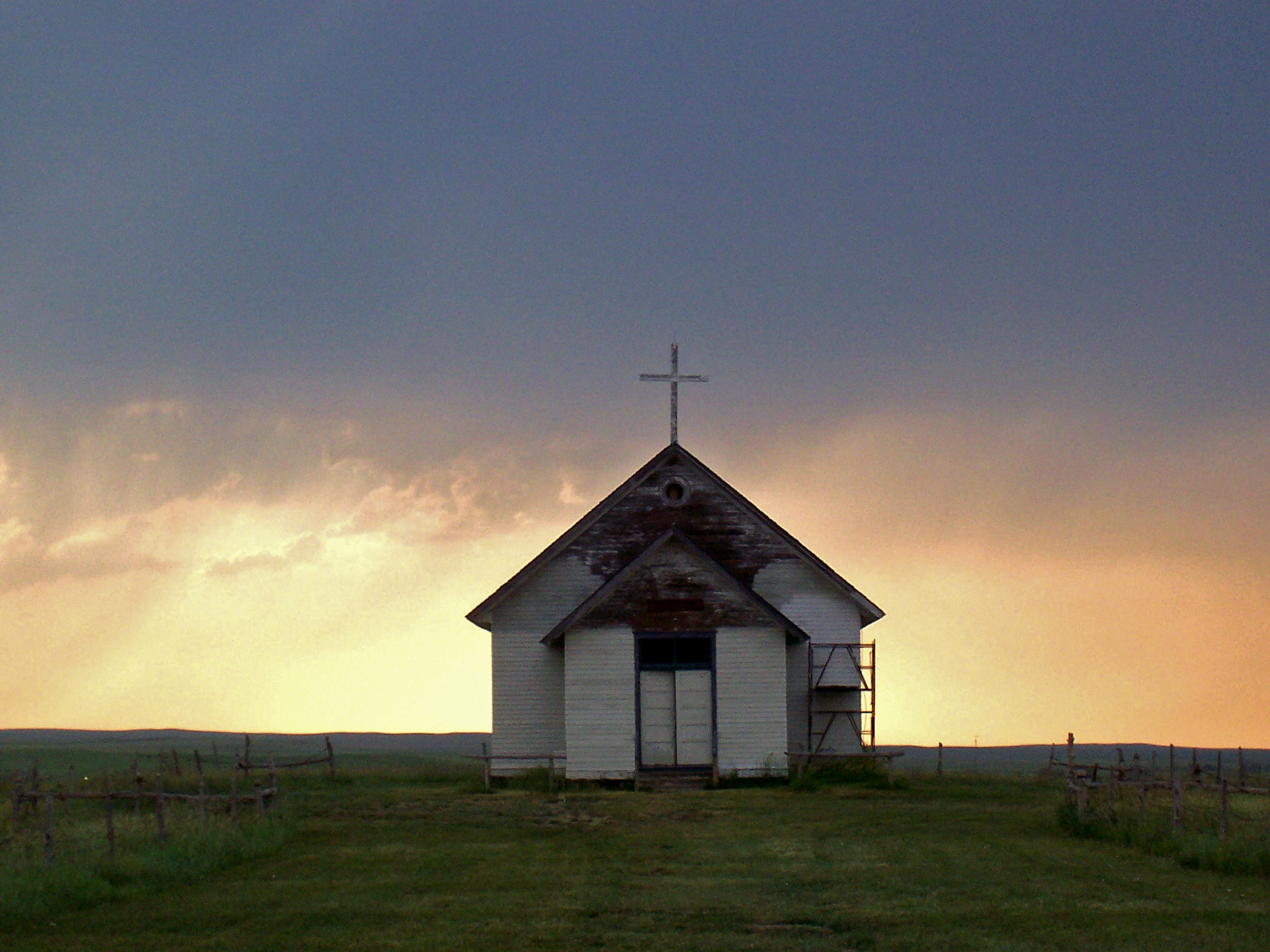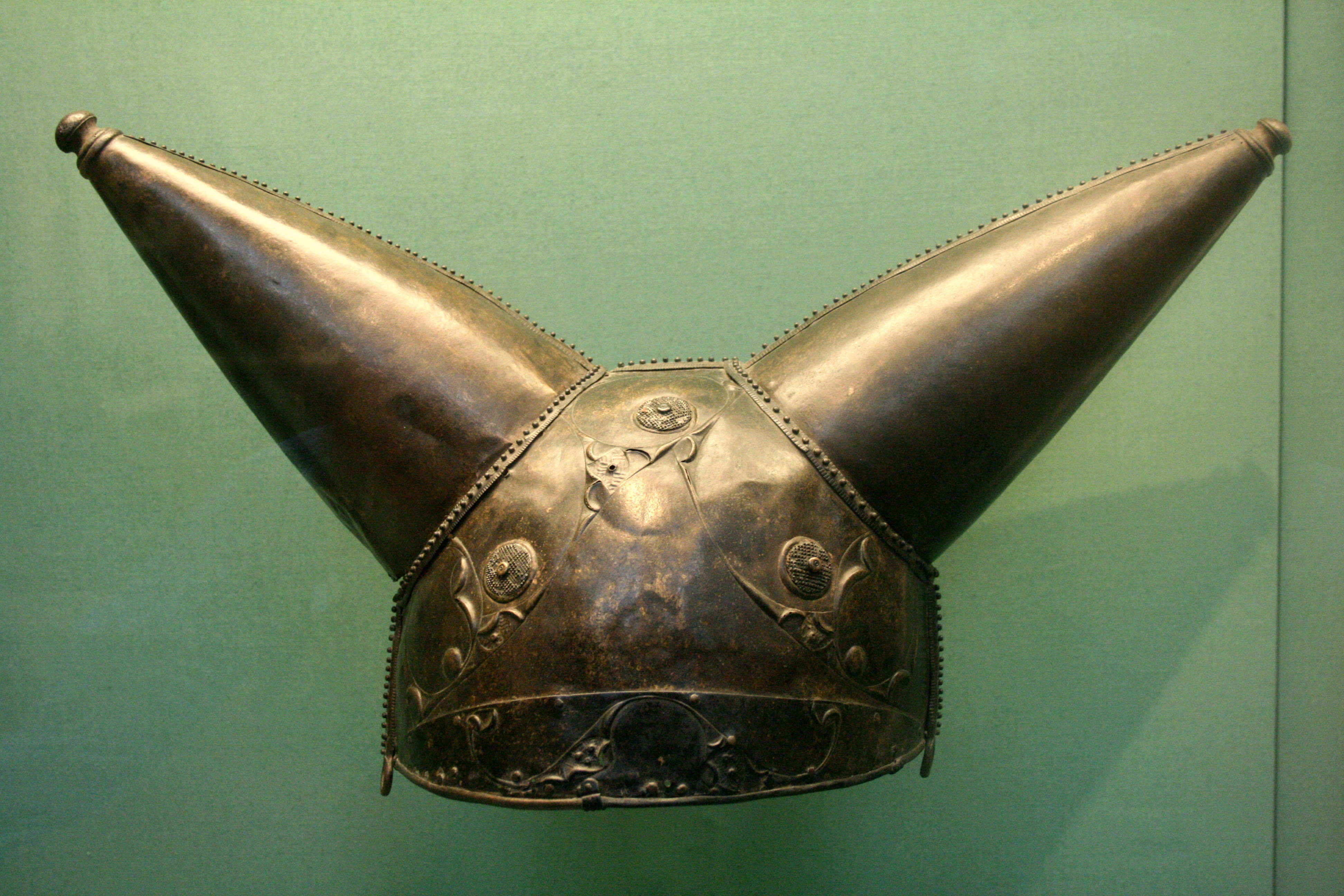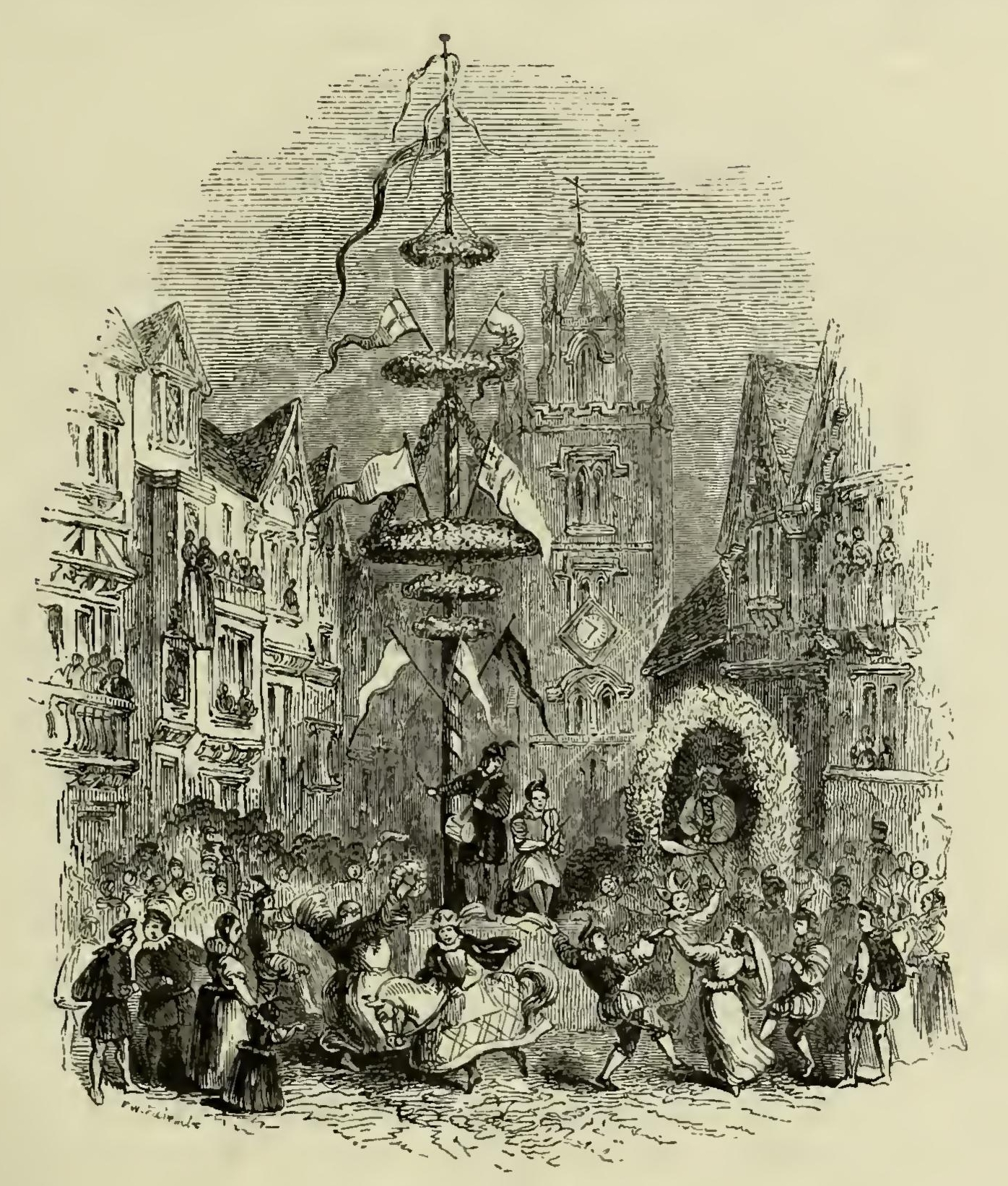|
Bishop Of Bedford
The Bishop of Bedford is an episcopal title used by a Church of England suffragan bishop who, under the direction of the Diocesan Bishop of St Albans, oversees 150 parishes in Luton and Bedfordshire. The title, which takes its name after the town of Bedford, was created under the Suffragan Bishops Act 1534. The first three suffragan bishops were appointed for the Diocese of London, but through reorganisation within the Church of England in 1914, Bedford came under the Diocese of St Albans. Richard Atkinson, formerly Archdeacon of Leicester, was consecrated by Rowan Williams, Archbishop of Canterbury, in St Paul's Cathedral on 17 May 2012. History With the huge increase in London's population in the 19th century, the Bishop of London was one of the first to require help from other bishops. Alongside assistant bishops (including some returned from the colonies; see Assistant Bishop of London), he gradually resumed appointments to suffragan sees — Bedford was first in 18 ... [...More Info...] [...Related Items...] OR: [Wikipedia] [Google] [Baidu] |
Bedford
Bedford is a market town in Bedfordshire, England. At the 2011 Census, the population was 106,940. Bedford is the county town of Bedfordshire and seat of the Borough of Bedford local government district. Bedford was founded at a ford (crossing), ford on the River Great Ouse and is thought to have been the burial place of King Offa of Mercia, who is remembered for building Offa's Dyke on the Welsh border. Bedford Castle was built by Henry I of England, Henry I, although it was destroyed in 1224. Bedford was granted borough status in 1166 and has been represented in Parliament since 1265. It is known for its large Italians in the United Kingdom, population of Italian descent. History The name of the town is believed to derive from the name of a Saxon chief called Beda, and a Ford (crossing), ford crossing the River Great Ouse. Bedford was a market town for the surrounding agricultural region from the early Middle Ages. The Anglo-Saxon King Offa of Mercia was buried in the town ... [...More Info...] [...Related Items...] OR: [Wikipedia] [Google] [Baidu] |
St Paul's Cathedral
St Paul's Cathedral, formally the Cathedral Church of St Paul the Apostle, is an Anglican cathedral in London, England, the seat of the Bishop of London. The cathedral serves as the mother church of the Diocese of London in the Church of England. It is on Ludgate Hill at the highest point of the City of London. Its dedication in honour of Paul the Apostle dates back to the original church on this site, founded in AD 604. The high-domed present structure, which was completed in 1710, is a Listed Building, Grade I listed building that was designed in the English Baroque style by Sir Christopher Wren. The cathedral's reconstruction was part of a major rebuilding programme initiated in the aftermath of the Great Fire of London. The earlier Gothic cathedral (Old St Paul's Cathedral), largely destroyed in the Great Fire, was a central focus for medieval and early modern London, including Paul's walk and St Paul's Churchyard, being the site of St Paul's Cross. The cathedral is o ... [...More Info...] [...Related Items...] OR: [Wikipedia] [Google] [Baidu] |
Upper Clapton
Clapton is a district of east London, England, in the London Borough of Hackney. Clapton is divided into Upper Clapton, in the north, and Lower Clapton to the south. Clapton railway station lies north-east of Charing Cross. Geography and origins The hamlet of Clapton emerged in the manor and Civil Parish#Ancient Parishes, Ancient Parish of Hackney, London, Hackney. Origins The hamlet of Clapton was, from 1339 (when first recorded) until the 18th century normally rendered as Clopton, meaning the "farm on the hill". The Old English ''clop'' - "lump" or "hill" - presumably denoted the high ground which rises from the River Lea. Clapton grew up as a linear hamlet along the road subsequently known as Lower and Upper Clapton Road. As the area became urbanised, the extent of the area called Clapton eventually increased to encompass most of the north-eastern quarter of Hackney. Scope Because Clapton has never been an administrative unit, it has never had any defined boundaries, thoug ... [...More Info...] [...Related Items...] OR: [Wikipedia] [Google] [Baidu] |
Stainforth House , in South Yorkshire and Lincolnshire
{{geodis ...
Stainforth may refer to two places in Yorkshire, England: *Stainforth, North Yorkshire, England, a village near Settle *Stainforth, South Yorkshire, England, a town near Doncaster See also * Stainforth (surname) * Stainforth and Keadby Canal The Stainforth and Keadby Canal is a navigable canal in South Yorkshire and Lincolnshire, England. It connects the River Don Navigation at Bramwith to the River Trent at Keadby, by way of Stainforth, South Yorkshire, Stainforth, Thorne, Sout ... [...More Info...] [...Related Items...] OR: [Wikipedia] [Google] [Baidu] |
Suffragans Nomination Act 1888
The Suffragan Bishops Act 1534 ( 26 Hen. 8. c. 14) is an act of the Parliament of England that authorised the appointment of suffragan (i.e., assistant) bishops in England and Wales. The tradition of appointing suffragans named after a town in the diocese other than the town the diocesan bishop is named after can be dated from this act. The act named Thetford, Ipswich, Colchester, Dover, Guildford, Southampton, Taunton, Shaftesbury, Molton, Marlborough, Bedford, Leicester, Gloucester, Shrewsbury, Bristol, Penrydd, Bridgwater, Nottingham, Grantham, Hull, Huntingdon, Cambridge, Penrith, Berwick-upon-Tweed, St Germans and the Isle of Wight as specific suitable suffragan sees. This act was partly in force in Great Britain at the end of 2010. The repeal by the Statute Law (Repeals) Act 1969 of section 2 of the Act of Supremacy ( 1 Eliz. 1. c. 1) (1558) does not affect the continued operation, so far as unrepealed, of the Suffragan Bishops Act 1534. Since 1898, notwithstan ... [...More Info...] [...Related Items...] OR: [Wikipedia] [Google] [Baidu] |
Bishop Of Stepney
The Bishop of Stepney is an episcopal title used by a suffragan bishop of the Church of England Diocese of London, in the Province of Canterbury, England. The title takes its name after Stepney, an inner-city district in the London Borough of Tower Hamlets. The post is held by Joanne Grenfell whose consecration as bishop, and start of her tenure as Bishop of Stepney, was on 3 July 2019 at St Paul's Cathedral; the principal consecrator was Justin Welby, Archbishop of Canterbury. The first bishop was appointed to take responsibility for North and East London, which had been under the care of the Bishop of Bedford; the new See was erected because the retiring bishop Robert Billing retained the See of Bedford, and Stepney was a more obvious See for the suffragan for the East End. In 1898, the new Bishop of Islington received responsibility for North London. In the experimental area scheme of 1970, the bishop was given oversight of the deaneries of Tower Hamlets, Hackney, and Isli ... [...More Info...] [...Related Items...] OR: [Wikipedia] [Google] [Baidu] |
County Of London
The County of London was a county of England from 1889 to 1965, corresponding to the area known today as Inner London. It was created as part of the general introduction of elected county government in England, by way of the Local Government Act 1888. The Act created an Administrative counties of England, administrative County of London, which included within its territory the City of London. However, the City of London and the County of London formed separate ceremonial counties for "Ceremonial counties of England, non-administrative" purposes.Robson 1939, pp. 80–92. The local authority for the county was the London County Council (LCC), which initially performed only a limited range of functions, but gained further powers during its 76-year existence. The LCC provided very few services within the City of London, where the ancient Corporation of London, Corporation monopolised local governance. In 1900, the lower-tier Metropolis Management Act 1855#Vestries and District Board ... [...More Info...] [...Related Items...] OR: [Wikipedia] [Google] [Baidu] |
St Sepulchre-without-Newgate
Holy Sepulchre London, formerly and in some official uses Saint Sepulchre-without-Newgate, is the largest Anglican parish church in the City of London. It stands on the north side of Holborn Viaduct across a crossroads from the Old Bailey, and its ecclesiastical parish, parish takes in Smithfield Market. During medieval times, the site lay outside ("without") the London Wall, city wall, west of the Newgate. It has been known as the National Musicians' Church since 1955. It has London's musicians' chapel in which a book of remembrance sits and an October/November requiem takes place – unusual for a church associated with Low church, Low Church Evangelical Anglicanism, Evangelicalism. The church has two local army regiment memorials. The vicar is appointed by St John's College, Oxford, which has held the church's patronage since 1622. The church is within the Newgate Street Conservation Area (United Kingdom), Conservation Area. History Early history The original (Anglo-Saxo ... [...More Info...] [...Related Items...] OR: [Wikipedia] [Google] [Baidu] |
Rural Dean
In the Roman Catholic Church and the Anglican Communion as well as some Lutheran denominations, a rural dean is a member of clergy who presides over a "rural deanery" (often referred to as a deanery); "ruridecanal" is the corresponding adjective. The adjective ''rural'' does not mean the role is restricted to the countryside, but distinguishes them from the deans of cathedral chapters, which were historically in cities. In some Church of England dioceses rural deans have been formally renamed as area deans. Origins The title "dean" (Latin ''decanus'') may derive from the custom of dividing a hundred into ten tithings, not least as rural deaneries originally corresponded with wapentakes, hundreds, commotes or cantrefi in Wales. Many rural deaneries retain these ancient names.Cross, F. L., ed. (1957) ''The Oxford Dictionary of the Christian Church''. London: Oxford University Press; p. 1188. The first mention of rural deans comes from a law made by Edward the Confessor, whic ... [...More Info...] [...Related Items...] OR: [Wikipedia] [Google] [Baidu] |
City Of London
The City of London, also known as ''the City'', is a Ceremonial counties of England, ceremonial county and Districts of England, local government district with City status in the United Kingdom, city status in England. It is the Old town, historic centre of London, though it forms only a small part of the larger Greater London metropolis. The City of London had a population of 8,583 at the 2021 United Kingdom census, 2021 census, however over 500,000 people were employed in the area as of 2019. It has an area of , the source of the nickname ''the Square Mile''. The City is a unique local authority area governed by the City of London Corporation, which is led by the Lord Mayor of London, Lord Mayor of the City of London. Together with Canary Wharf and the West End of London, West End, the City of London forms the primary central business district of London, which is one of the leading financial centres of the world. The Bank of England and the London Stock Exchange are both ba ... [...More Info...] [...Related Items...] OR: [Wikipedia] [Google] [Baidu] |
St Andrew Undershaft
St Andrew Undershaft is a Church of England The Church of England (C of E) is the State religion#State churches, established List of Christian denominations, Christian church in England and the Crown Dependencies. It is the mother church of the Anglicanism, Anglican Christian tradition, ... church (building), church in the City of London, the historic nucleus and modern financial centre of London. It is located on St Mary Axe, within the Aldgate ward, and is a rare example of a City church that survived both the Great Fire of London and the Blitz. The present building was constructed in 1532 but a church has existed on the site since the 12th century. Today, St Andrew Undershaft is administered from the nearby St Helen's Bishopsgate church. History The first church on the site, which today is bordered by St Mary Axe and Leadenhall Street, was built in Middle Ages, medieval times, being recorded in 1147. It was rebuilt in the 14th century and again in 1532; this third inca ... [...More Info...] [...Related Items...] OR: [Wikipedia] [Google] [Baidu] |





